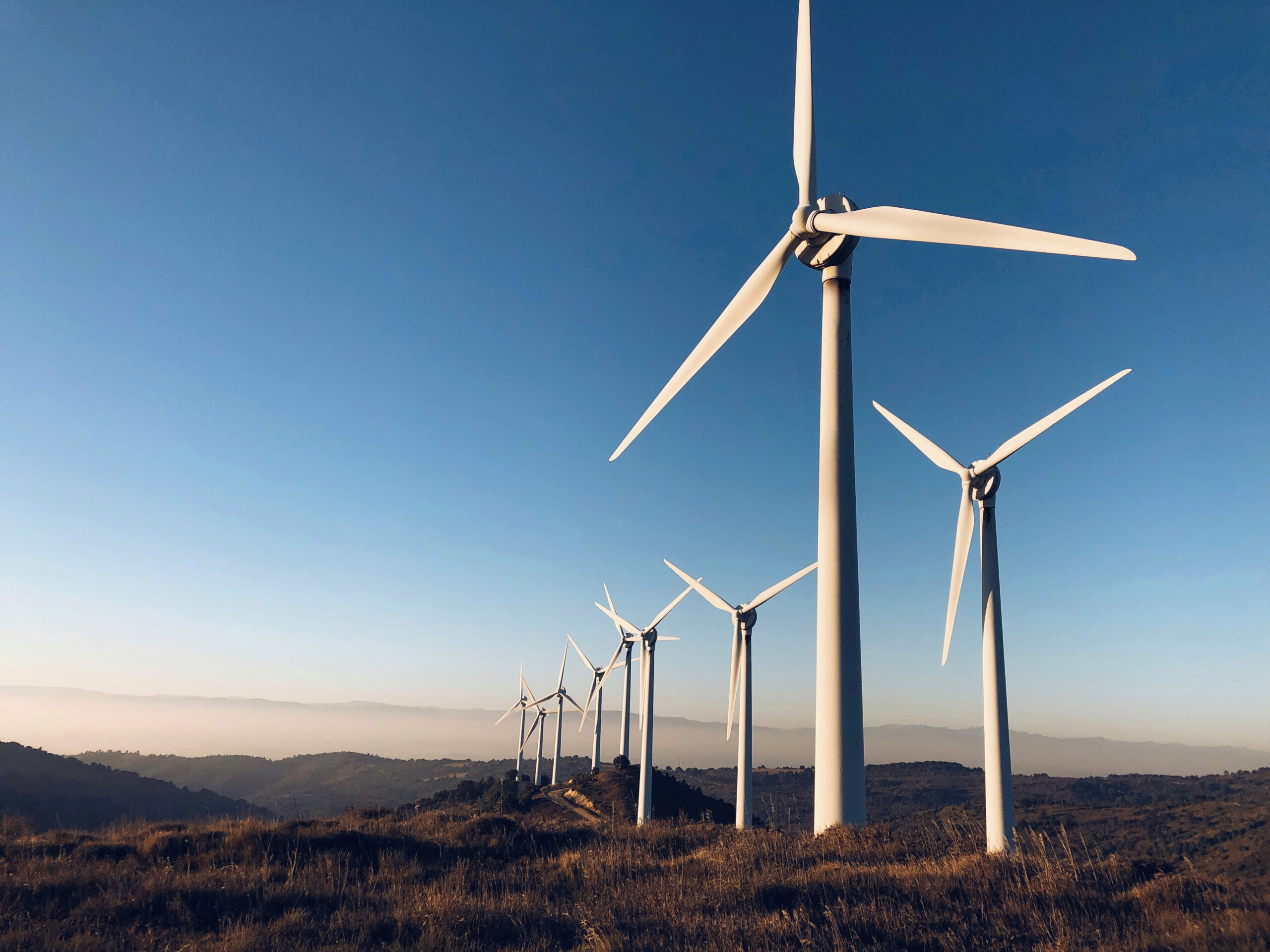Funding possibilities for investments in the area of energy transition and circular economy
The Austrian energy transition and circular economy are supported by various national funding programmes from the federal and state governments, as well as at the EU level. The goal is to fundamentally transform Austria’s energy system – no more fossil fuels (oil, gas, coal) – to achieve climate neutrality. Therefore, several funding programs focus on promoting the use of renewable energy, increasing energy efficiency and advancing decarbonisation.
The following calls, which can be applied for at the national or European level, are available for investments by companies of any legal form until the funding pool is exhausted.
I. National funding
In the field of energy transition, the areas of action primarily include heat recovery, renewable process energy, in-house energy centres and energy-saving measures. Projects may be funded that focus on the following key topics:
| Heat recovery | Renewable process energy – “no more oil and gas” | Energy-saving measures/plant and process optimisation |
| • heat recovery from ventilating and cooling systems and/or use of heat flows not yet used • heating optimisation in existing buildings • optimisation of fossil process heat generators • efficiency enhancement for industrial processes and plants | • switch from/conversion of production plants and processes with fossil process energy to renewable energy sources (incl. green electricity) • increasing renewable energy • switch from fossil process heat and/or steam generators to green electricity | • heat recovery from cooling and ventilating systems • heat recovery and/or use of heat flows and heat pumps not yet used • heating optimisation in existing buildings • efficiency enhancement for industrial processes and plants |
The amount of funding primarily depends on the eligible costs – or, in some cases, the so-called environmentally relevant investment (additional) costs – as well as certain criteria of the applicant and the amount of CO2 or energy savings.
-
- The eligible costs generally consist of the costs for the plant as well as planning and installation. The maximum funding rate ranges from 15-30% of the eligible costs.
- Depending on the specific call for proposals, an additional 5-20% may be claimed as a bonus, for example, by SMEs or EMAS-certified companies.
- The maximum funding depends on the call and ranges from EUR 750-1,500 per ton of CO2 saved per year/annual CO2 savings, with a funding cap of between EUR 4.5 and 6 million per project.
In the area of circular economy, investments and immaterial measures are supported, including circular and sustainable product design, sustainable design of production processes and business models, sorting of separately generated or collected waste, reuse, refurbishment, preparation for reuse, recycling, and other material recovery of waste. The projects must be located in one of the following focus areas:
-
- building materials, building components and component systems, construction and demolition waste
- plastic and metal
- packaging
- electric and electronic devices and batteries
- textiles and mattresses
- agricultural raw and residual materials
- food (reuse)
The funding rate ranges from 30%-50% (depending on the size of the company) of the eligible investment costs, such as costs for machinery, construction work, planning and certain intangible assets. The maximum funding per project is EUR 5 million.
II. EU funding
As part of the LIFE programme of the European Commission, environmental and climate protection projects are supported through the sub-programmes Nature and Biodiversity, Circular Economy and Quality of Life, Climate Change and Energy Transition. The LIFE funding is generally accessible for projects that implement innovative best-practice solutions. The European Commission supports solutions that can be implemented under market-like conditions on an industrial or commercial scale. Among the evaluation criteria are sustainability, impact and the potential for reproducing project results both in the same or different sectors and in other countries.
The various sub-programmes encompass a variety of priorities. Most sub-programmes support cooperative projects. However, the call for proposals “Circular Economy and Zero Pollution”, is also available for individual applicants with project sizes ranging from EUR 2-10 million. The maximum funding rate for most projects is 60% of the eligible costs, which can include investment costs as well as personnel costs and services.
The call “Circular Economy and Zero Pollution” supports implementations of innovative solutions in the field of resource recovery from waste. These include:
-
- promoting the introduction of recycled materials, components or products with added value and
- identifying, tracking, separating, avoiding and decontaminating waste with hazardous substances.
Additionally, zero pollution and sustainable management of natural resources are major thematic areas with different objectives.
Proposals can be submitted until 23 September 2025.
We are happy to provide you with further information and advice on your submission. Do not hesitate to contact us for questions.
Author: Daniela Stastny, Petra Horner


